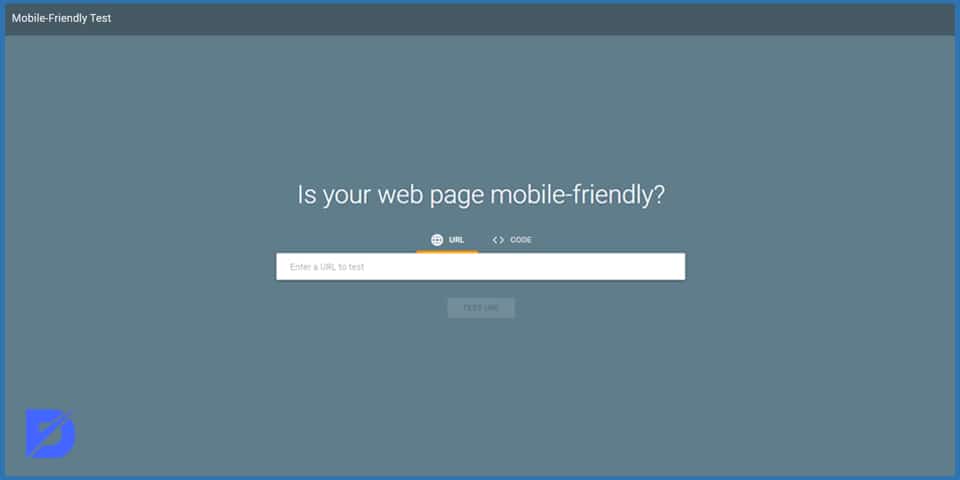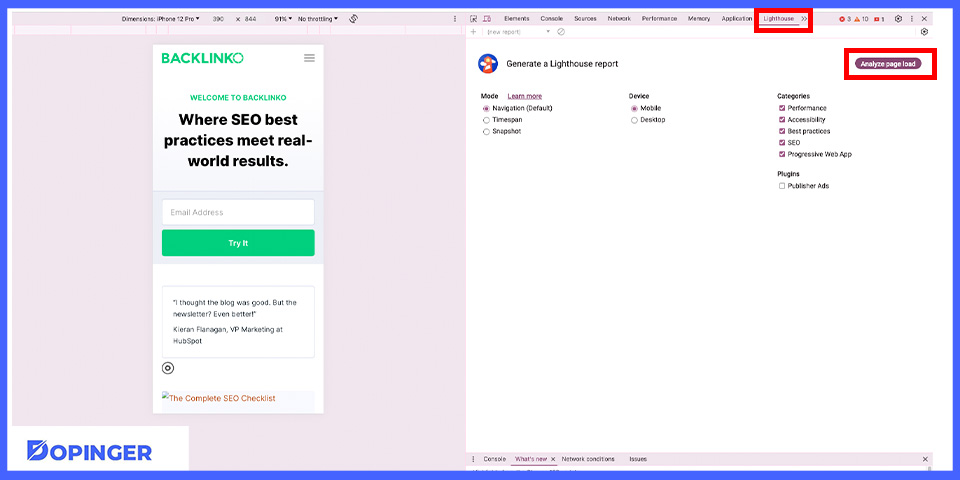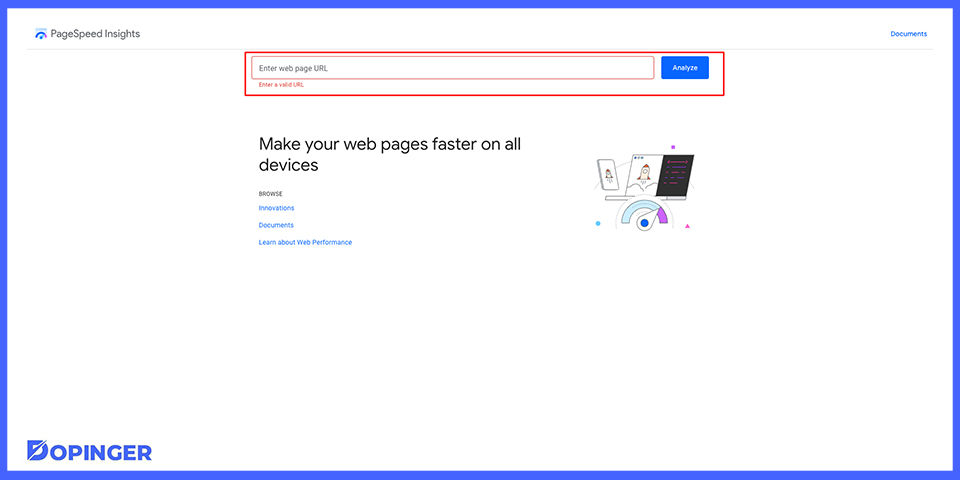Just a decade ago, accessing the internet was mainly done via desktop computers or laptops. With the rise of mobile devices, nearly all essential tasks can now be completed on a smartphone or tablet. From browsing the web to managing social media accounts and using various apps, mobile devices have become central to our daily lives. This shift makes it crucial for your website to be mobile-friendly. When users view your website on their mobile devices, it must be responsive and easy to navigate.
How to Make a Mobile-Friendly Website
Creating a mobile-friendly website can be done in several ways. If you have coding skills, you might choose to build the site yourself. However, for those without coding knowledge, many third-party platforms make it easy to create mobile-responsive websites.
Here are some essential tips to ensure your site is mobile-friendly:
- Font size should be large enough to read comfortably on smaller screens.
- CSS and images should be optimized and light to ensure faster loading times.
- Avoid pop-ups, as they can frustrate mobile users by blocking content.
- If using a template, ensure it’s mobile-responsive to adapt to different screen sizes.

How to Check If a Website Is Mobile Friendly
Google Light House
Google Light House is powerful SEO application that assesses mobile compatibility and site speed. To use it:

- Download the Google Lighthouse extension for Chrome.
- Open Google Dev Tools while on your website (Right Click > Inspect).
- Navigate to the Lighthouse tab and select “Analyze”.
- Ensure that “Mobile” is selected before running the test.
Once the analysis is complete, Lighthouse will provide a detailed report on the mobile performance of your site, highlighting any issues that need attention.

Google PageSpeed Insights
Google PageSpeed Insights focuses primarily on website speed and performance, but it can also give you insights into mobile-friendliness. Although it’s not specifically designed for this, the tool is valuable because mobile-friendliness affects site speed. For a direct test, you can use Google’s separate Mobile-Friendly Test Tool.
Online Mobile-Friendly Test Tools
Several online tools can help you determine if your site is mobile-friendly. Most of these are easy to use:
- Enter your website URL.
- Run the test.
- Review the results, which will highlight areas for improvement.
Dopinger Mobile-Friendly Test Tool

Dopinger offers a Mobile-Friendly Test Tool that is simple yet comprehensive. With this tool, you can see how well your website performs on mobile devices and make necessary optimizations. Remember, having a mobile-friendly website is critical for higher rankings on Google.
Why Is Mobile Friendliness Important?
Mobile devices have revolutionized the way people shop, search, and browse the internet. Users prefer the convenience of mobile websites because they can access them anywhere. If your website is not mobile-friendly, visitors may experience issues such as cut-off content or malfunctioning features. This can lead to a significant drop in traffic and sales.
Google Mobile-Friendly Test
Google’s Mobile-Friendly Test, launched in 2015, is a quick and reliable way to check the mobile-friendliness of your site. Simply paste your website URL into the tool, and within minutes, you’ll receive a report detailing any mobile compatibility issues. Addressing these issues is crucial for improving both user experience and search engine rankings.
Frequently Asked Questions About
Your website should be zoomable, shrinkable, and displayable with all its functions to be mobile-friendly. Not mobile-friendly websites cannot be displayed in terms of content, images, or other functions.
Mobile-friendliness is mostly about visibility. The functions and content should be visible and displayable on any mobile device. However, when it comes to responsiveness, it is mainly about the experience. Responsive websites should be fluid and flexible, depending on the screen size.
Google Mobile-Friendly Test is simple and reachable for any user who has an internet connection. You need to go to the website and paste the URL of the page you want to check. Then, you click the “Analyze” button, and it gives you results.
Mobile-friendliness might be underrated when the ratio is taken into consideration. It is because approximately 50% of the websites are not mobile-friendly.
Most users are reaching information and online stores via their mobile devices. Besides, it is hard for you to detect issues that might occur on mobile devices on your own. Therefore, if you do not realize the issues, it can hurt your traffic and sales.





No comments to show.